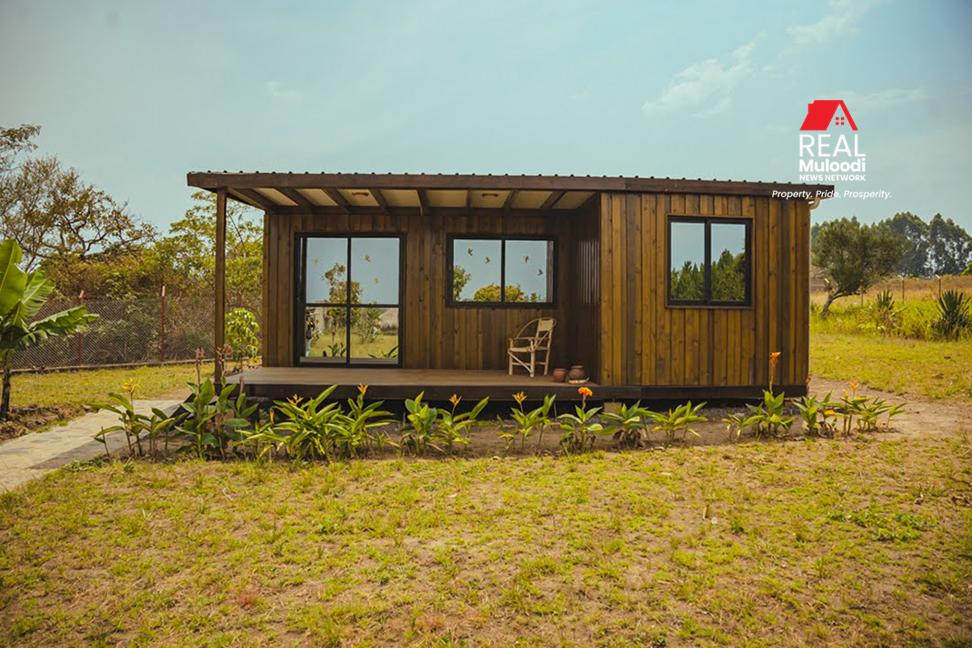UGANDA, Kampala | Real Muloodi News | Timber housing is emerging as a transformative trend in Uganda’s real estate sector, offering solutions to both housing shortages and environmental concerns.
With over 2 million housing units needed to bridge the deficit and growing environmental challenges, the introduction of timber housing presents a timely opportunity for innovation.
Bierens Wolf, founder of Easy Housing, identified a significant gap that timber housing could effectively address in Uganda.
Through a survey, he recognised the potential for timber housing to not only alleviate housing challenges but also contribute to environmental sustainability.
Wolf emphasised the importance of transitioning to a circular economy in construction, where materials can be reused without demolition.
He explained, “Traditional construction is linear, which means that you have to demolish a building should you want to move or modify it, unlike in the circular system where you can relocate the house or expand it to create more space.”
Timber housing offers flexibility and adaptability, allowing for modifications and expansions without the need for structural alterations or demolition. This aspect aligns with the principles of sustainability and resource efficiency, crucial in combating environmental degradation.
Brian Kulubya, marketing executive at Easy Housing, highlighted the efficiency of using timber in construction, noting, “We boast the fastest building cycle in Uganda and the highest guarantee of quality work. This is because we prefabricate everything before it is transported to the site, making it easy to identify and rectify any mistakes beforehand.”
The success of adopting this method in Uganda hinges on effective communication and engagement with stakeholders, according to Shem Sebowa, an architect with Darc Group.
He emphasised the importance of conveying more information to the public and ensuring that strategies and initiatives are well-received.
Sebowa also underscored the necessity for establishing building regulations to govern timber housing practices.
“Once Ugandans catch on to the trend, it will be challenging to control. Measures need to be implemented to ensure compliance with rules and regulations,” he stated.
As Uganda grapples with housing shortages and environmental sustainability issues, the potential of timber housing to revolutionise the real estate landscape offers a promising solution.
With careful planning, effective communication, and regulatory frameworks in place, timber housing could play a significant role in shaping Uganda’s future housing sector while mitigating environmental impacts.
READ MORE LIKE THIS:
Three Arrested over Propaganda about Banned Steel-Timber Building Method



